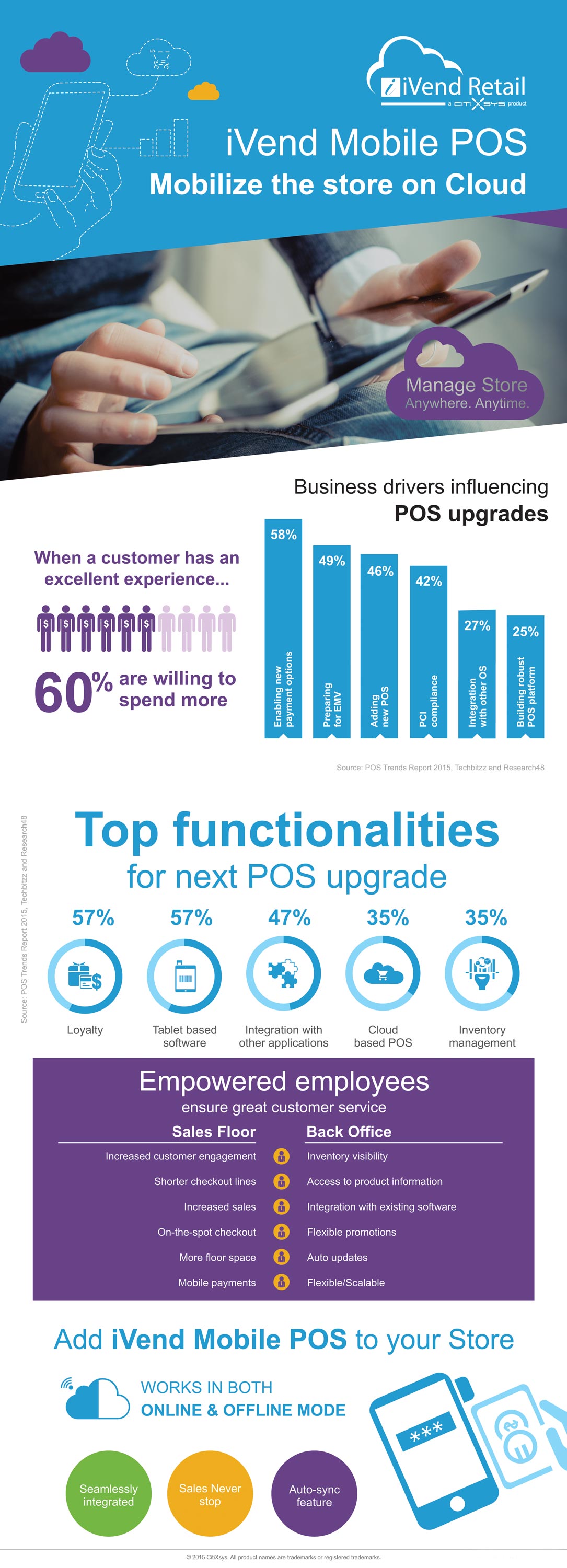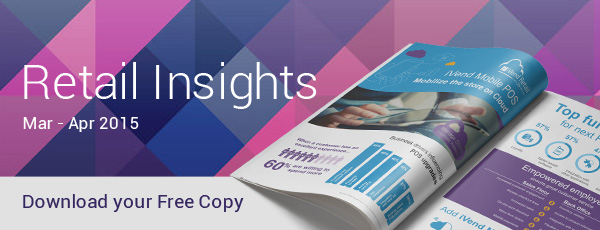Now that the retail industry is safely past the 2015 predictions and hype, let’s see what enterprise retailers and SMBs are investing to better sales and customer service. Enabling more payment options and integrating EMV before the deadline is the top priority among retailers. The Cloud has never been so sought-after, and the number of retailers migrating to it is only going to rise.
Then, integrated loyalty is one aspect that retailers are seriously investing in. Mobile POS, integrated retailing and better loyalty benefits are points that a retailer can benefit the customer with, and mine valuable customer data alongside.
The thrust is also on to bring technology to the floor for empowerment of Shop-Floor Employee. Along with back-office improvements and Cloud integration, the Mobile POS enabled employee is expected to work as queue-busters, better upsells and an overall enhanced retail experience. In short, 2015 will see the employee becoming the real face of the retail chain.












